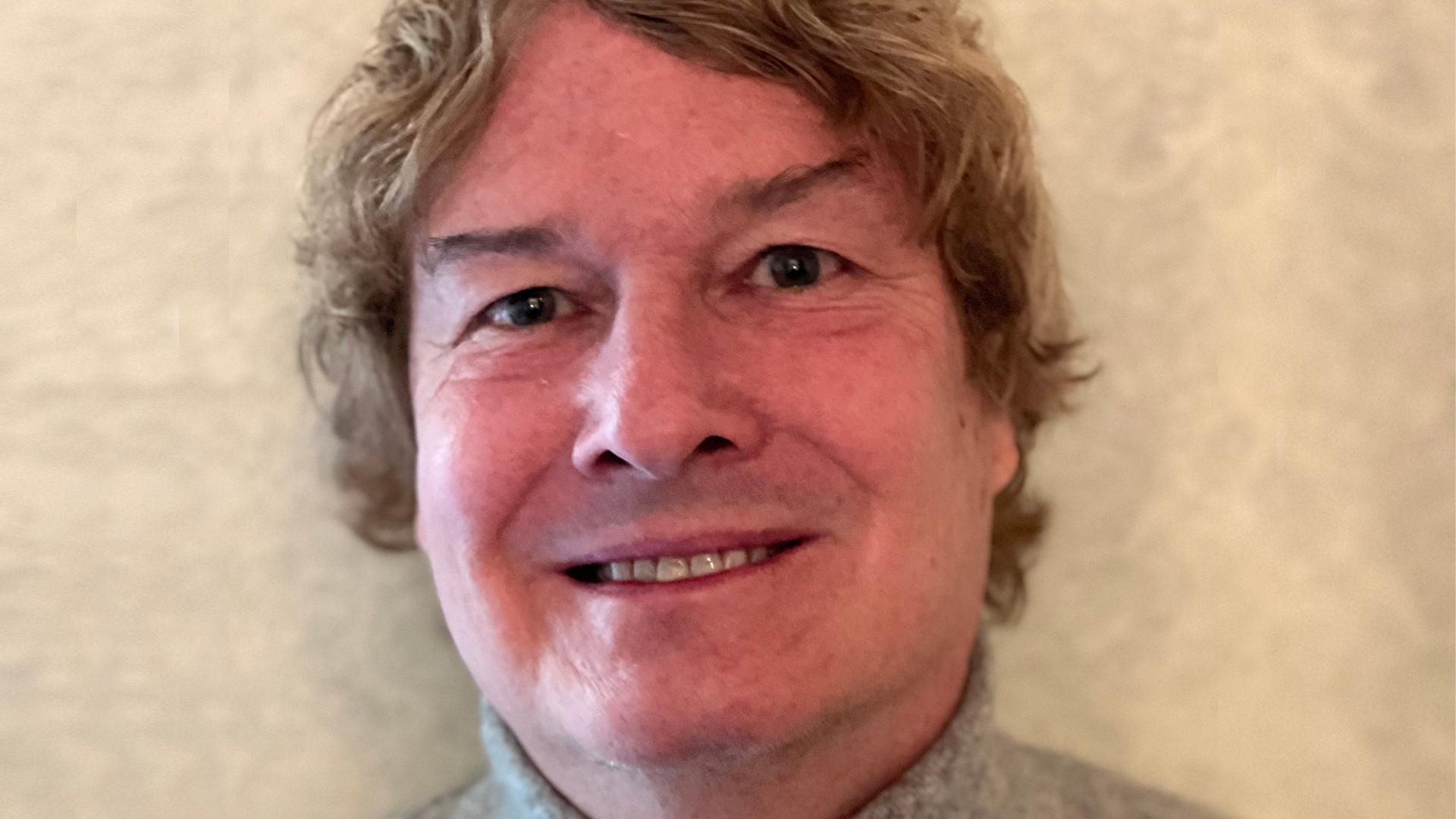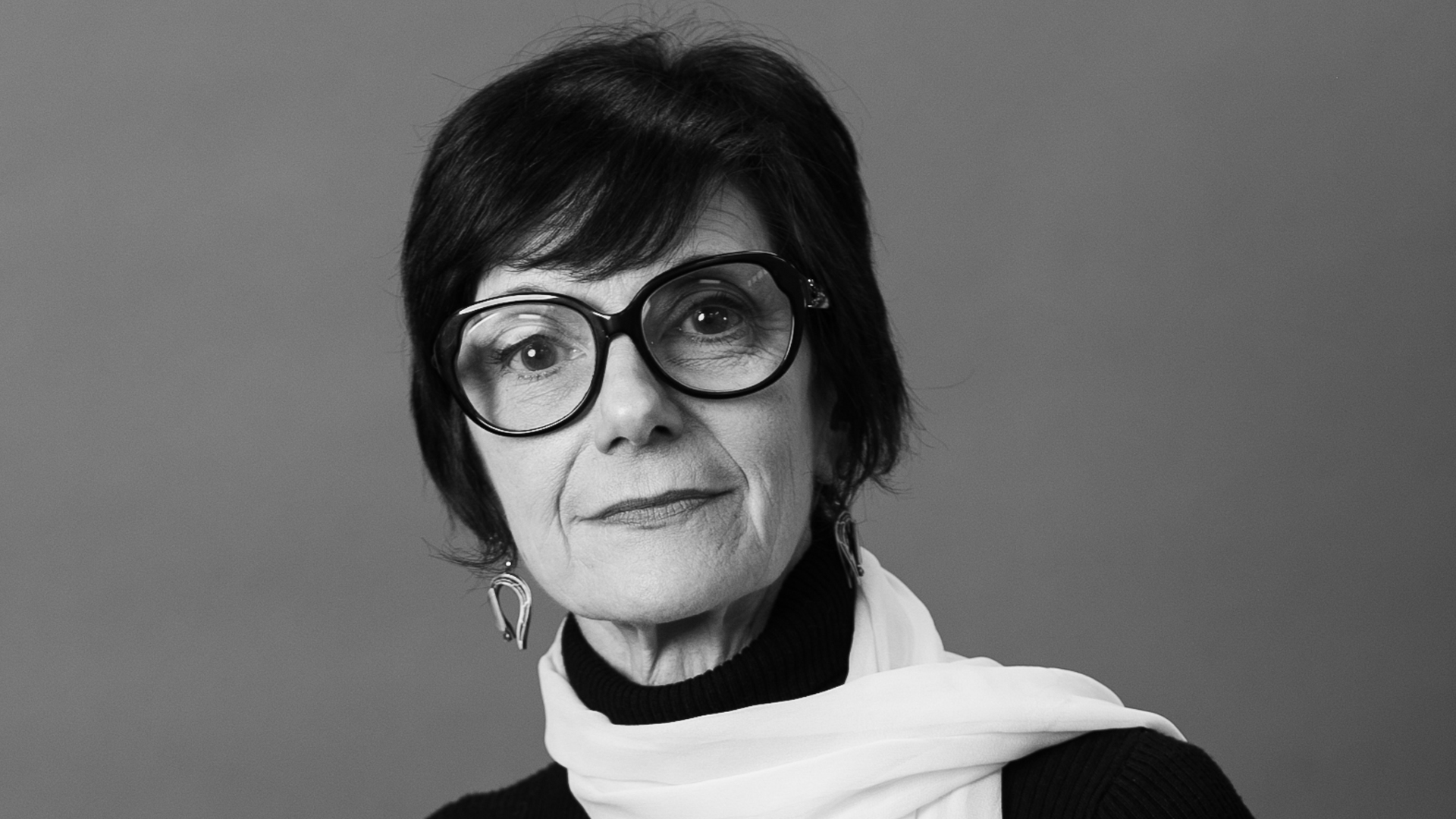
ART VIEWS
Before joining the board of directors of A.V.A. Ballet Theatre, the resident ballet company of the Pioneer Center for the Performing Arts, my knowledge of ballet would fit in a thimble.
Three quarters of that thimble would have been empty. I mistakenly thought ballet just consisted of women dancing around on their tippy toes in tutus.
Fortunately, I was asked to join the board for my marketing and public relations expertise and not an understanding of ballet. Over the last fifteen years of being involved with A.V.A. Ballet Theatre, I have learned a lot.
First of all, the dancers who perform in ballet are among the most talented athletes of any sport. The rigors of ballet have almost no peer. To be able to dance for extended periods of time requires unbelievable stamina. Doing so while looking graceful and centered and en pointe is even more difficult.
En pointe. I had to learn this aspect of ballet very fast. All of the corps de ballet dancers at A.V.A. Ballet Theatre dance en pointe. Saying that the dancers are on their tippy toes earned me firm glares from artistic director Alexander Van Alstyne and his co-director Miriam Allen. En pointe is a classical ballet technique requiring the dancers to support all of their body weight on the tips of fully extended feet. The idea is for the dancers to appear weightless and be able to dance pointe work for long periods of time.
Sounds painful, doesn’t it?
The construction of the pointe shoe allows the dancer to be able to manage the task of dancing en pointe relatively pain free. Every pointe shoe is hand made. There are three basic components of a pointe shoe: the box, the sole and the shank. The box is just like it sounds and is at the front of the shoe and allows the dancers toes to be supported. The box is what they are standing on when their feet are fully extended. The sole is the bottom of a pointe shoe. The shank is a piece of material that is rigid and supports the sole and arch when the dancer is en pointe. Fabric and ribbons encapsulate these components and the classic design takes form.
Describing the construction of a pointe shoe, however, doesn’t explain how difficult it is to dance en pointe. It takes years of laborious practice to become proficient. The corps dancers at A.V.A. Ballet Theatre are required to take at least three pointe classes a week. It is the only way they can become good enough to perform on the stage at the Pioneer Center in front of the Reno Philharmonic Orchestra and 1,500 people in the audience.
Kathleen Martin, a dancer who performed with Ballet West, San Antonio Ballet and Ballet Idaho, and who has been a frequent guest principal dancer for A.V.A. Ballet Theatre, says the rigors of pointe work at a professional level are extreme.
“During the season we work seven hours a day, five days a week,” Martin said. “In that time we have an hour and half ballet class, where pointe work is encouraged. Then we spend the rest of the day rehearsing, in our pointe shoes. Normally you crawl out of pointe classes because your body is so exhausted from the precise and consistent footwork.”
All of this intense pointe work means the dancers go through a tremendous number of shoes. Some of the shoes can die in an hour of intense rehearsal or one shoe dies faster than the other.
“You can accomplish a lot with a good pair of shoes,” Martin explained. “If you want to make a ballerina happy, buy her a pair of pointe shoes.”
Going through so many pairs of pointe shoes can be expensive. The average pair of pointe shoes costs $100. Martin is complimentary of the pointe work of the dancers from Reno: “I see how hard they work,” she said. “It shows on the stage.”
The thrill of watching the dancers en pointe is one of the reasons for the popularity of ballet. The audiences recognize they are seeing something very special and understand it takes great talent to make it look effortless.
Steve Trounday is a board member at A.V.A. Ballet Theatre, the resident ballet company of the Pioneer Center. A.V.A. Ballet Theatre will be performing “Vortex, The Ballet That Rocks” July 15th and 16th at the Roberts Z. Hawkins Amphitheatre at Bartley Ranch Regional Park.

ART VIEWS
Local Dancer’s Rise to the Top by Steve Trounday — April 15, 2022
Back on Stage with Beauty and the Beast by Steve Trounday — April 1, 2022
Making Music in the New Millennium by Chuck Reider — April 29, 2022
SNB Presents the Popular Brew, Brats and Ballet in Reno and Carson City by Rosine Bena — April 22, 2022
Local Dancer’s Rise to the Top by Steve Trounday — April 15, 2022
Classical Music Galore in April and May by Scott Faulkner — April 8, 2022
Regional Dance America Presents Inaugural Festival in Reno by Rosine Bena — April 1, 2022
Chord Changes by Scott Faulkner — April 1, 2022
Beating the Blues: Reno Jazz Festival is Back by Chuck Reider — April 1, 2022
Back on Stage with Beauty and the Beast by Steve Trounday — April 1, 2022

ART VIEWS

ART VIEWS

ART VIEWS